In an exclusive interview for Paddock Magazine, Nicholas Latifi spoke about the beginning of his racing career, his F1 years, the training an F1 driver needs and much more.
Click here to subscribe to our print edition!
Hungaroring has been quite a great place for you recently and you won here in F2. What’s your opinion about the track and the Hungarian race weekend in general?
Firstly, Budapest is an amazing city. It’s one of the nicer events on the calendar. The track is close to the city centre, and you feel the racing atmosphere all around. The track itself is one of the most technically demanding circuits on the calendar. I’ve driven here every year except once since 2012 till now. To be honest, it was a track I’ve struggled at quite a bit earlier on in my career. As a result, I’ve never really enjoyed it so much. It hasn’t been my favourite track on the calendar, but for sure not the least favourite. In recent years, in F1 and even towards the end of my Formula 2 career, it was a stronger track for me. My likeness has improved quite slowly for the track, let’s say. It’s challenging. If you make a mistake in one corner, you mess up the next sequence of corners.
Racing was definitely not on the radar before the age of 13.
How difficult was it to cope with the fact that you’re not able to fight for victories and podiums in F1?
When I signed up to be a Formula 1 driver and entered F1, I learned that it’s not always about the driver. When I signed for Williams, it was a team in tenth place, and they were much further than we are off now. It was a change of mindset and expectation that I had to adopt. At the same time, it hasn’t changed the motivation. The only thing that has changed is the expectation going into the weekend, because an amazing qualifying, like a Q2, Q3 or collecting some points in the race feels like a victory for us. It changes the overall outlook, but it’s part of Formula 1 and an F1 driver needs not only to perform on the track but to help the team develop off track. Obviously, the team is in a rebuilding phase and my target is to get the team back to more competitive ways.
You’re over fifty races in F1. What did the sport give you?
Well, a lot of life skills! There is a lot of life you miss out on pursuing that life, like attending a university and getting a proper education. At the same time, you learn to mature quickly. My girlfriend usually tells me it’s a different kind of maturity because there are a lot of things that you don’t experience in normal life early on. For me, living away from home at a young age was a sacrifice to pursue my passion. You need to be self-disciplined, self-motivated, and determined. Eventually, when racing ends, these are skills that are still going to be just as important to be successful in whatever I will do. It was a bit strange joining during COVID-19, but there have been lots of great memories along the way, for sure.
You started karting at the age of 13. Did you always want to become a racing driver or you were interested in something else?
Racing was definitely not on the radar before the age of 13. To be honest, I had no intention of racing at all. I’ve had a different path to the sport than a lot of other drivers on the grid. Most of them got into a go-kart pretty early because the parents put them in a go-kart and they were probably passionate, or they used to race. The average age to start is seven or eight years old – just like Max, Esteban, or Charles. I thought I will pursue a more normal life – go to university, get a degree and so on. I was interested in business, so I started learning that. I finished high school still, unlike most drivers on the grid. [Laughs] Initially, I started karting just for fun. We found a place close to our home and went there on the weekends as a family bonding activity – it came out of the blue. I enjoyed it, and the owner of the track was a coach at that time. It’s a cheaty way to say that he convinced me to race. If I knew I wanted to be an F1 driver at that time, I was really against racing and I’ve always said that I want to do it as my hobby. I was convinced to try racing and I fall in love with it – the rest is history. [Smiles]
The best memory would be the race in Budapest last year.
Did you have an idol in racing that you look up to?
To be honest, I’ve never really had someone that I idolised. When I started following and learning more about F1, guys like Michael, Lewis and Fernando were racing, and I’d highlight those three.
Can you pick one top moment of your F1 career?
That’s a tricky one. Obviously, the best memory would be the race in Budapest last year finishing seventh. It was great on a personal level and a good result for the team with the double-point finish. Those points have been critical to jumping Alfa Romeo for the eighth position in the championship. Actually, I don’t think it was my best race from the performance aspect. I think I’ve driven some better races but, unfortunately, I got rewarded much less – more specifically nothing. [Laughs] As an overall memory, that has to be the best one.
Can you tell us about the training needs of an F1 driver in 2022?
Sure, as an F1 driver, you have to be very well-rounded as an athlete. You need to have very good cardio fitness because the race can take up to two hours. Depending on the driver, the heart rate is around 160 up to 180 – it’s very cardio intensive. The heat and the climate can make it difficult as well – it’s often boiling in the car. From a strength aspect, although we have power steering and it’s not so heavy to turn like in some other categories, you still need to resist all the G forces to stay stable and not just be like a wet noodle in the car. The neck is probably the biggest standout driving specific one to be able to resist those G forces. Then, you need to have good reactions in an F1 car: you need to react quickly but accurately. If you react quickly but not accurately, you still have the same consequence of potentially crashing or spinning, so you have to be very all-rounded – let’s say.
What’s your view about the new technical regulations in 2022?
When we speak about improving the racing, I think we follow the right way. One important aspect is to close up the field and I don’t think we’ve done that just yet. Hopefully, it will happen in the coming years. Nevertheless, it’s shaken up the field. Some teams have gone forward and some teams backwards, which is equally important because it keeps it fresh and exciting. I do think the racing has improved, you can follow the cars better and I think that’s the right direction. It’s more of a challenge to drive this year’s cars as they’re heavier and stiffer and I do find it more physical to drive.
What do you do in your free time?
Absolutely nothing! [Laughs] To be honest, I like to have the ability to do nothing, because it’s not so often that I have a day off. When I have a relaxing day, I just lay on my couch, watch Netflix and do nothing. Other than that, I enjoy training and being active. I used to do some other sports like basketball and tennis. It’s also nice to spend some time with friends and family. I try to enjoy the time off when it comes, because even when there are no races, we still have a lot of other commitments, like simulator work at the factory, and media duties. Actually, I had a nice few hours of filming at the factory before I came to Budapest.
It was only one or two days when I got some not-too-nice comments and messages.
How much simulator work are you doing in the factory?
Basically, it’s not a compulsory thing, so you don’t need to do anything. It’s not necessary to drive the simulator, there is an advantage to driving on it and I found that benefit. As it’s a back-to-back race weekend, I spent one day in the simulator. On the other hand, you need to know how much value you get out of it. If you can fully rely on your simulator, it’s extremely accurate, then whatever you test is exactly the same as in the real car. At some teams, they drive the simulator every day and they have development drivers to do it. It’s quite useful if you want to learn a new track, it depends on what you want to use it for. It’s a useful tool, and it’s the most cost-effective way to practice your driving.
What would you be if you weren’t an F1 driver?
If the F1 dream didn’t work out and I wouldn’t have become a racing driver, I think I would have started a family business, but beyond that; I didn’t have the opportunity to think about the bigger picture – when we speak about business, there are millions of directions.
Do you already know what the future holds for you?
Well, at the moment I’m focused on Formula 1. There are not too many races left, but I want to show the team that I deserve to stay here. Actually, I follow some other categories. When I’m not racing, I enjoy watching Formule E and IndyCar, because I’m a racing fan as well.
I understand you had to hire bodyguards after Abu Dhabi last year. Is that story over now?
Yes, there was a lot of funny stuff going on after Abu Dhabi and it was only one or two days when I got some not-too-nice comments and messages. Fortunately, that’s kind of the past now, so it’s better to move over.
Nicholas Latifi stats:
| Nationality | Canadian |
| Hometown | Toronto |
| D.O.B. | 29 June 1995 |
| Height | 6’1″ |
| Weight | 73KG |
| Favourite Track | Silverstone |
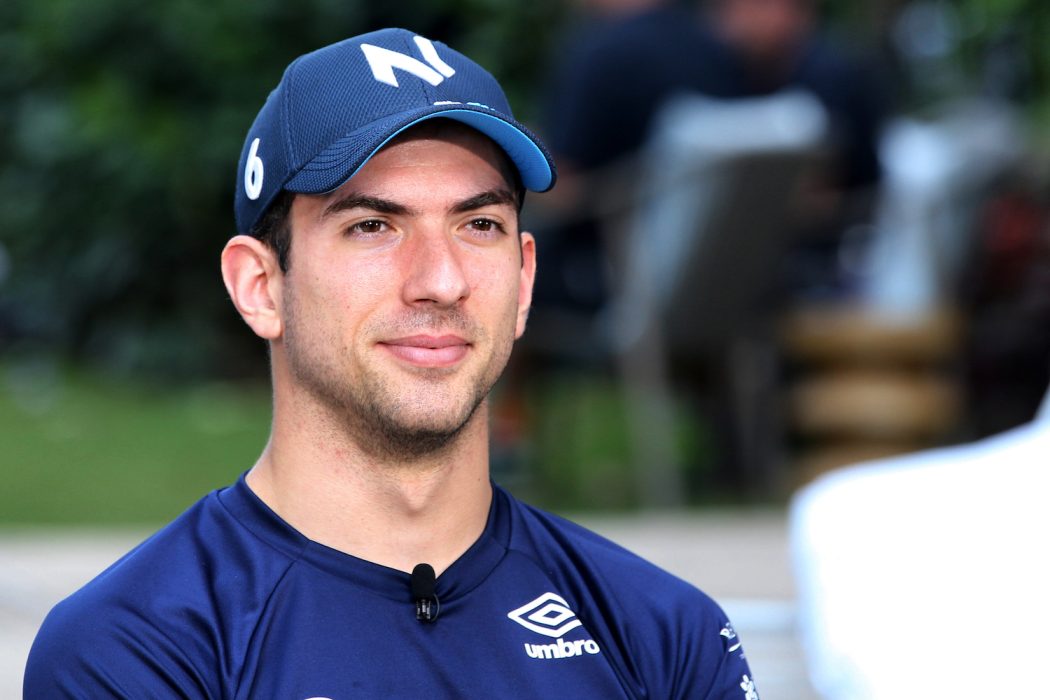
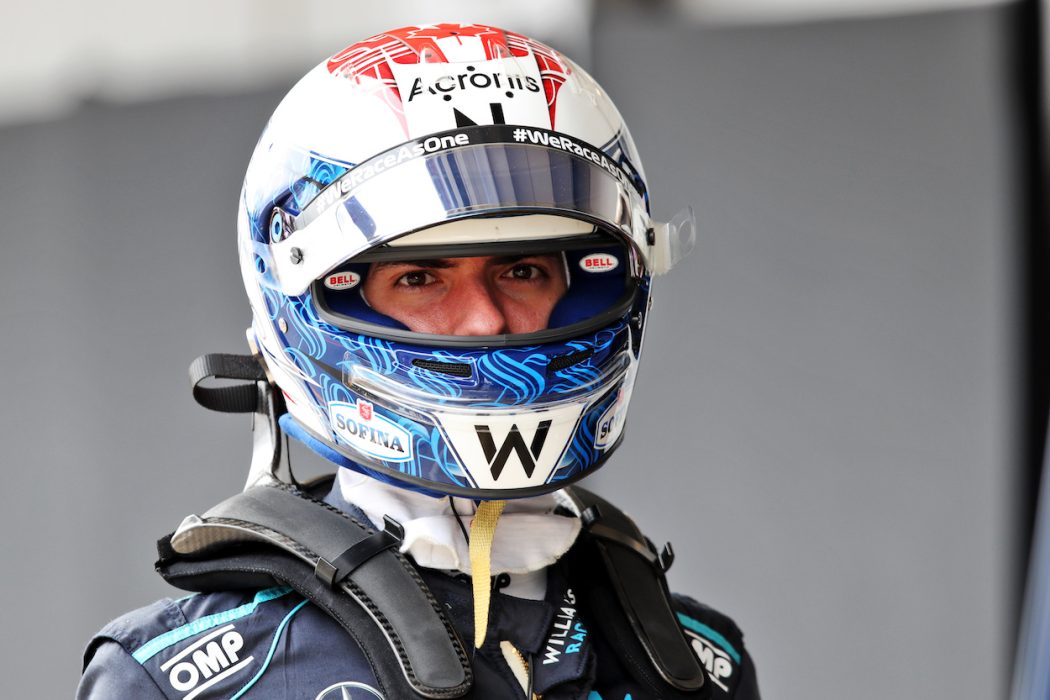
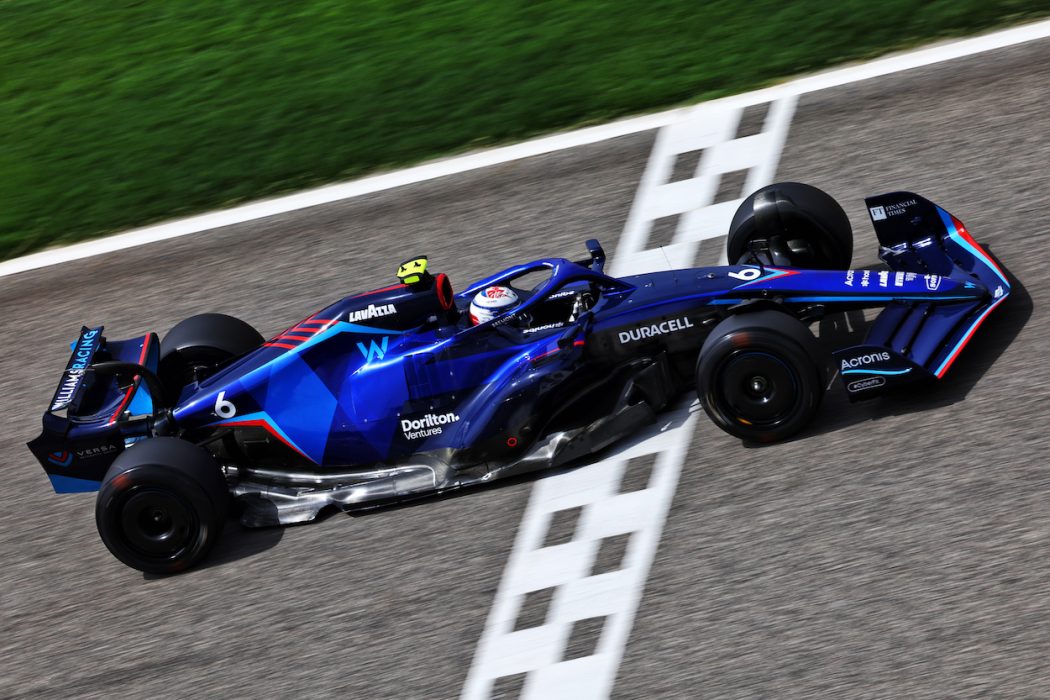
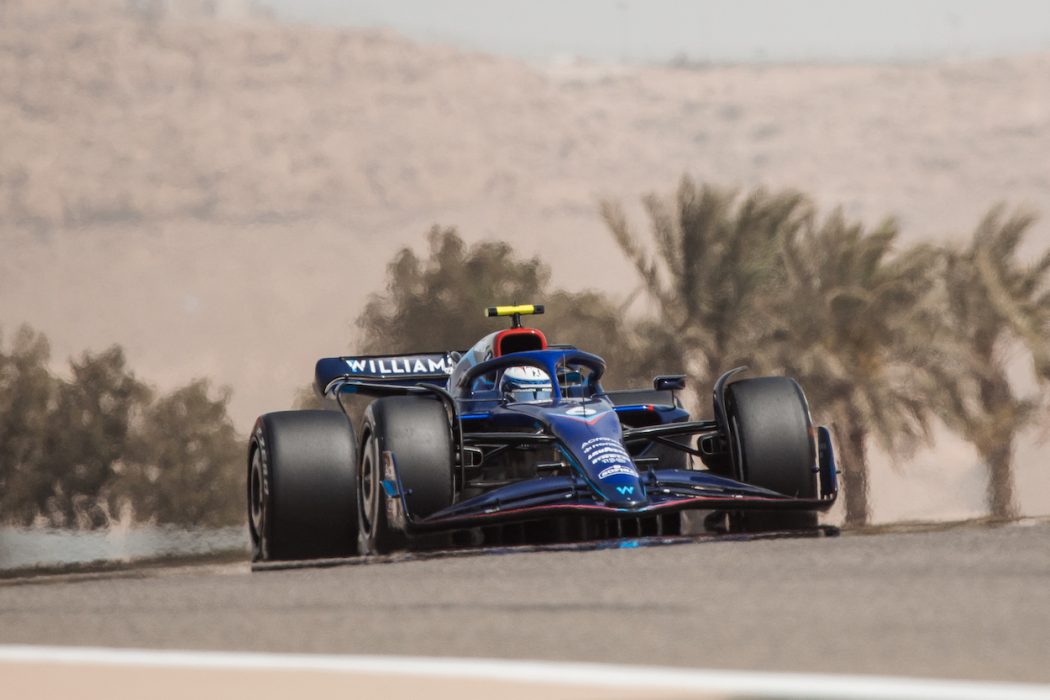
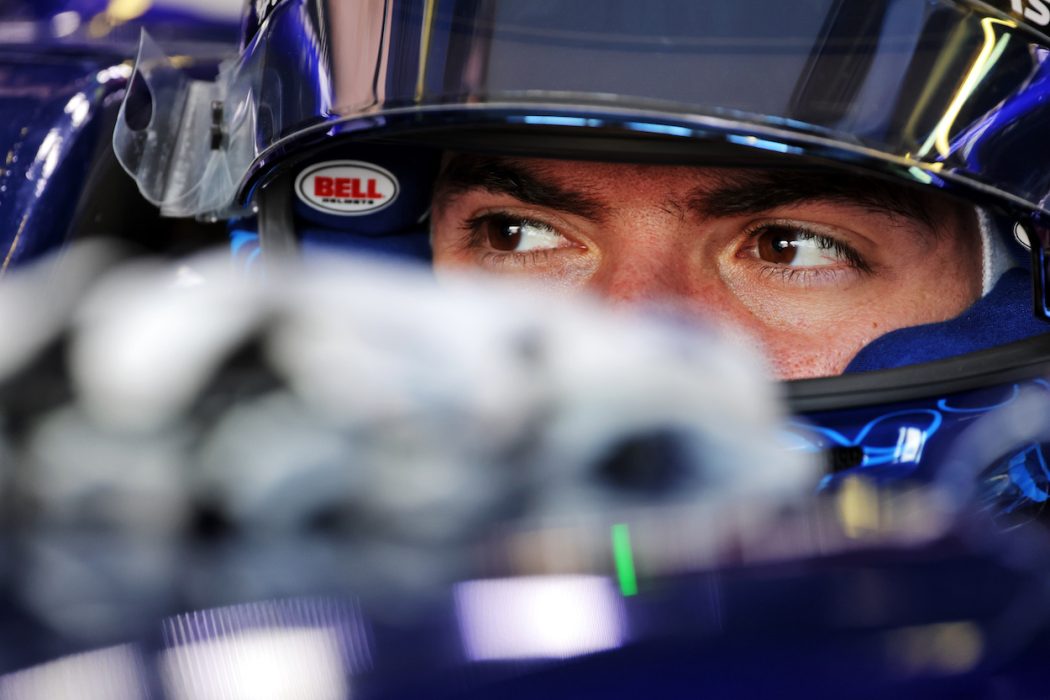
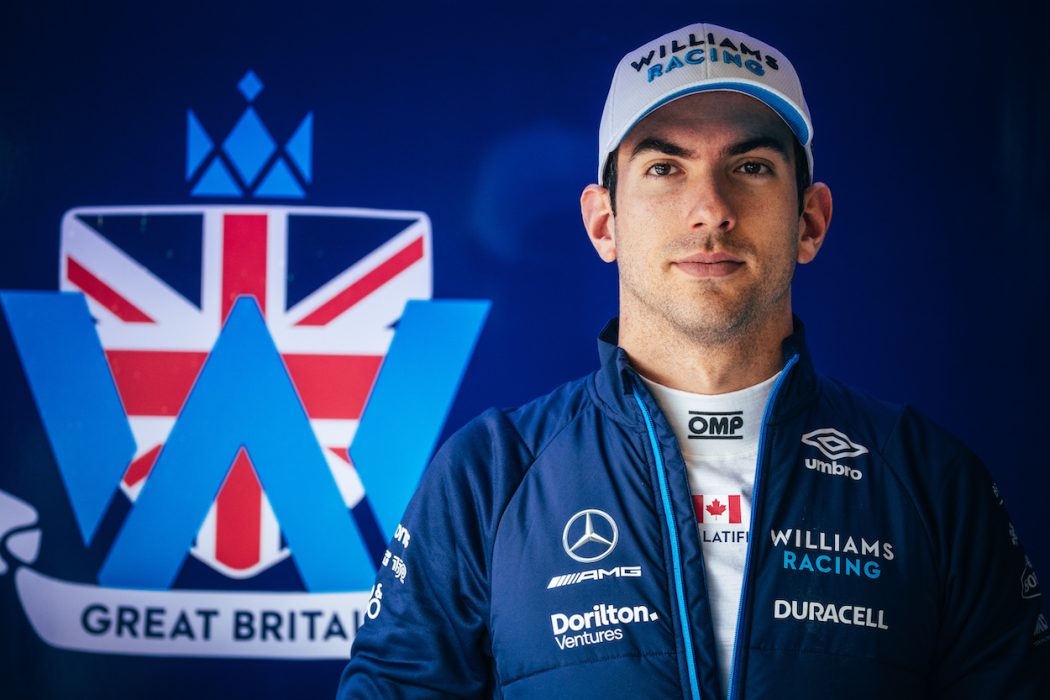
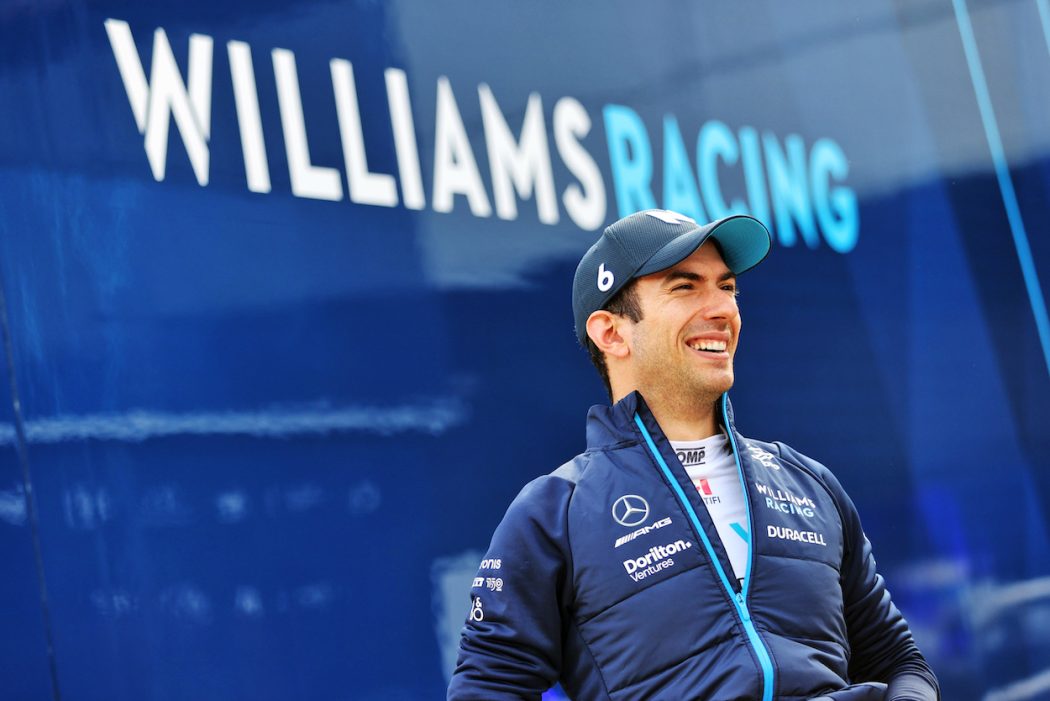
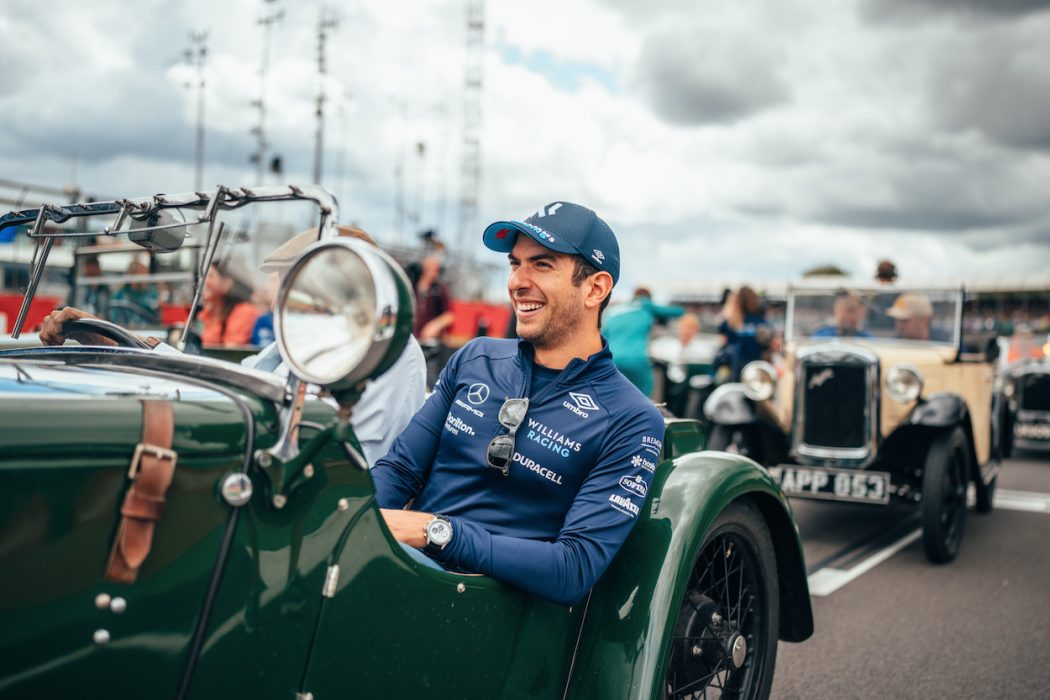
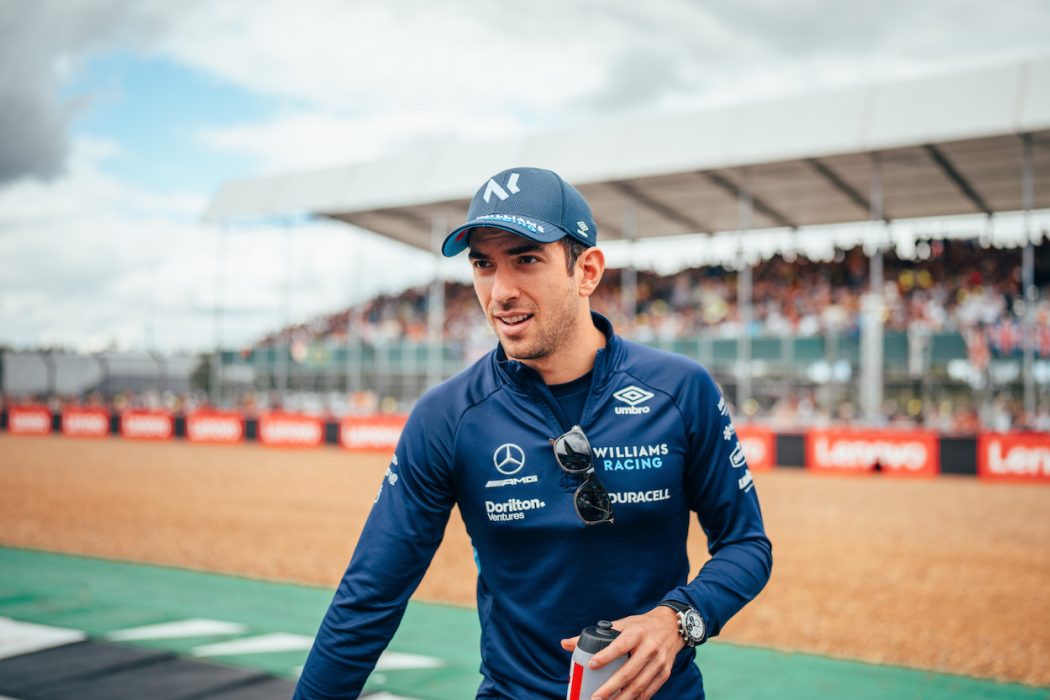
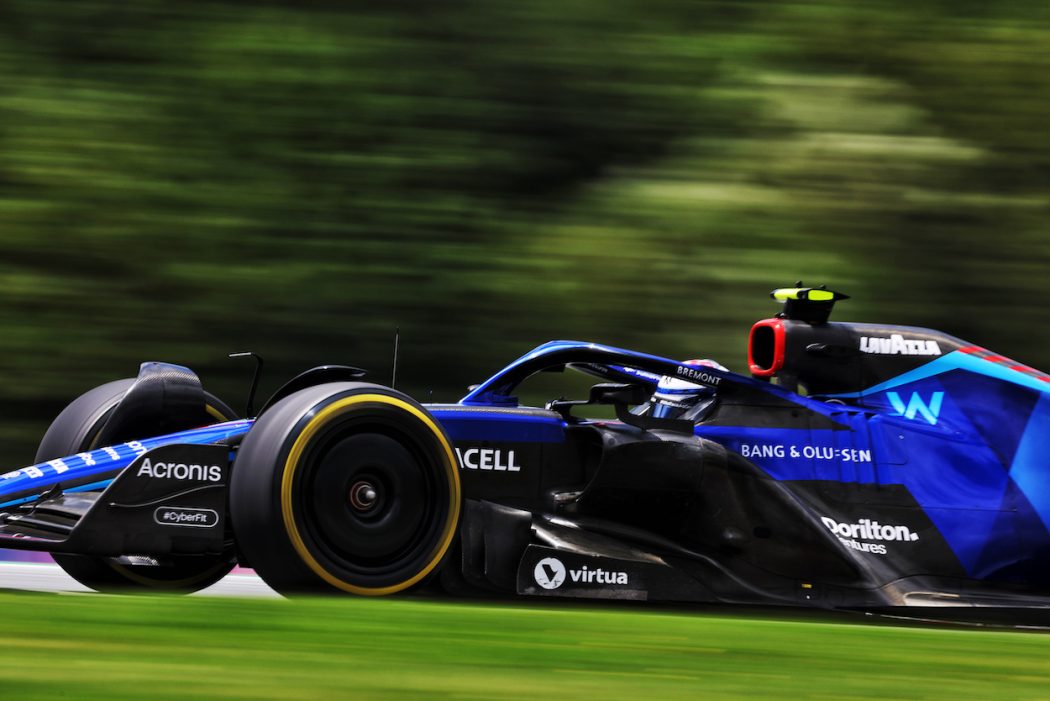
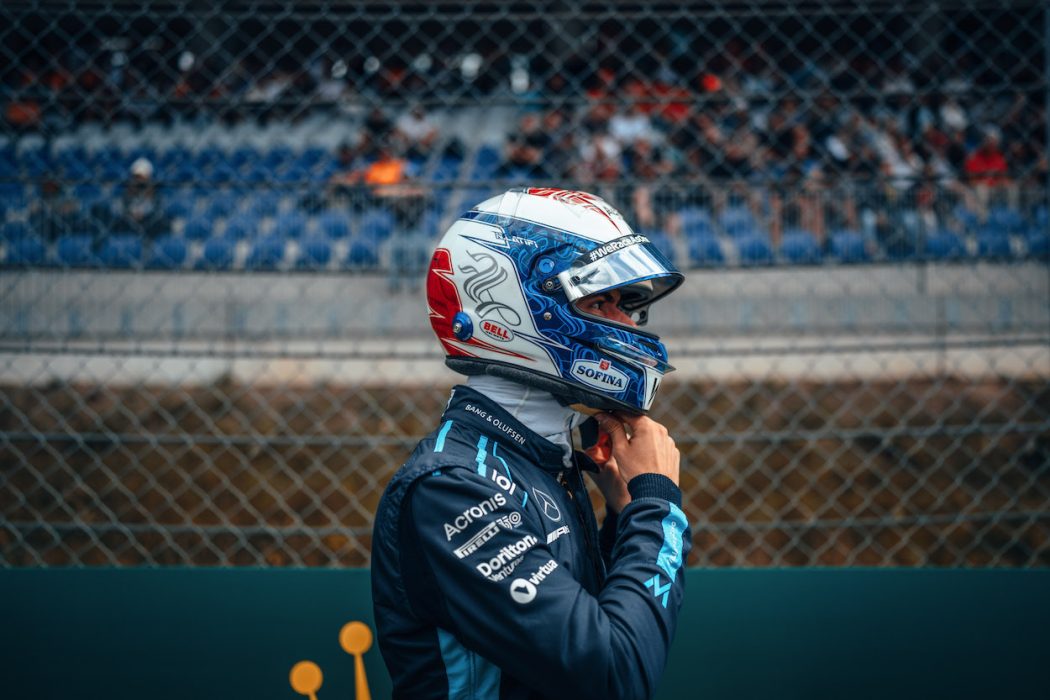
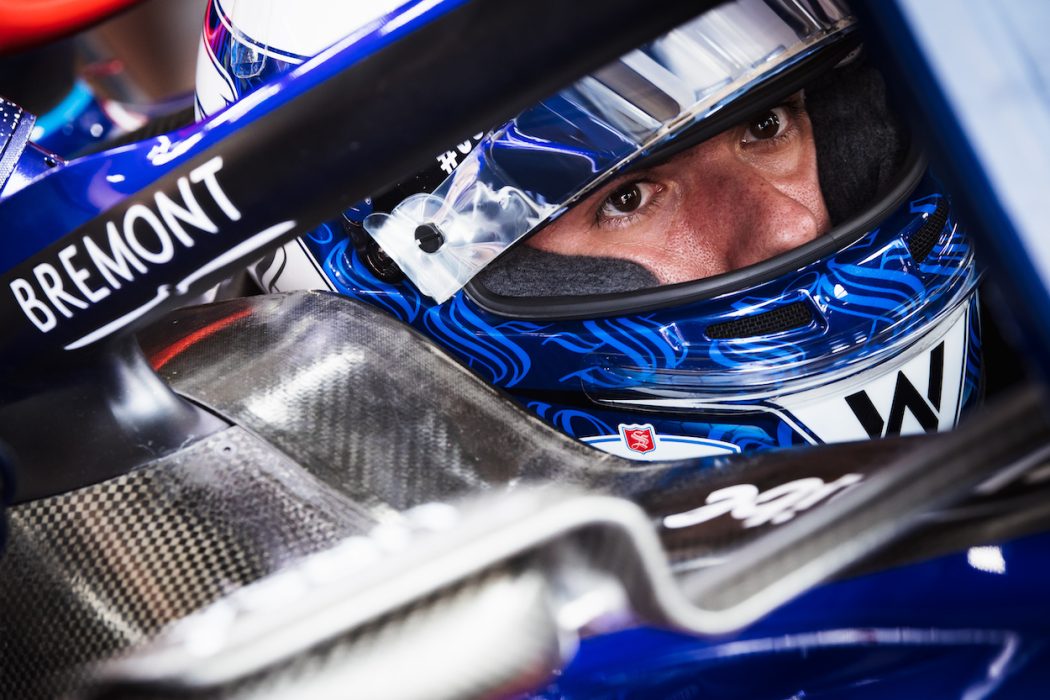
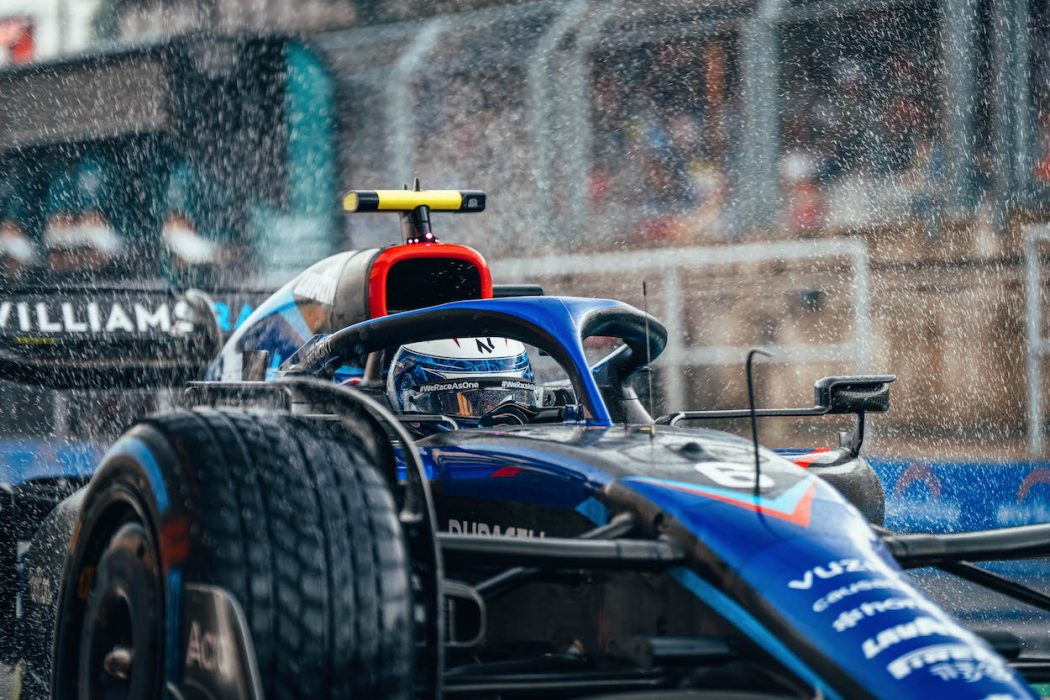
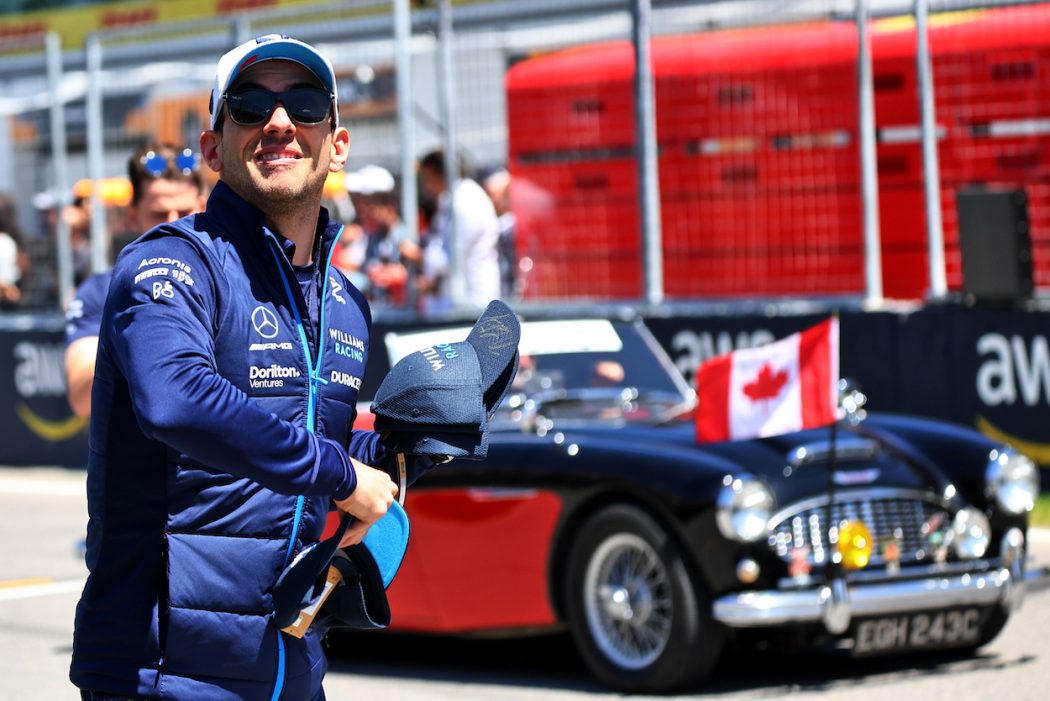
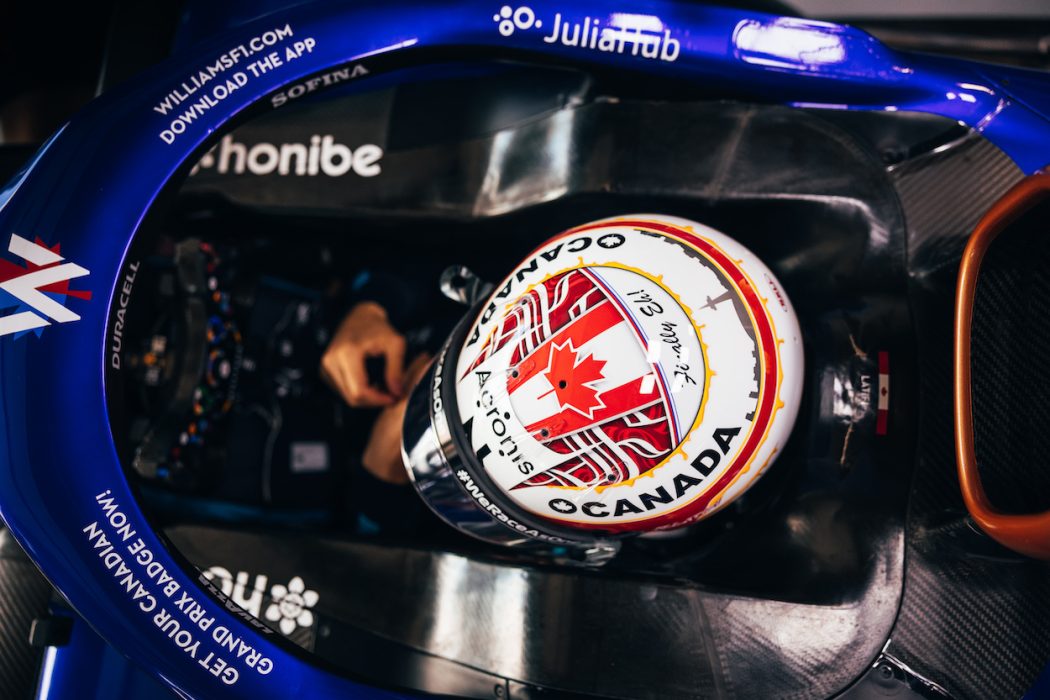
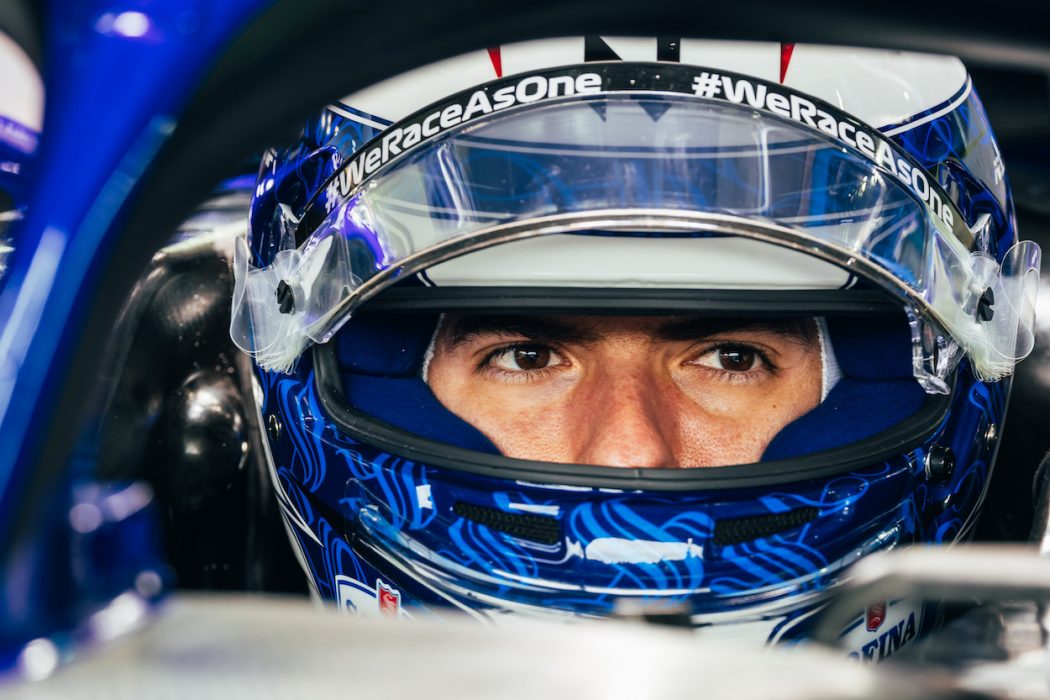
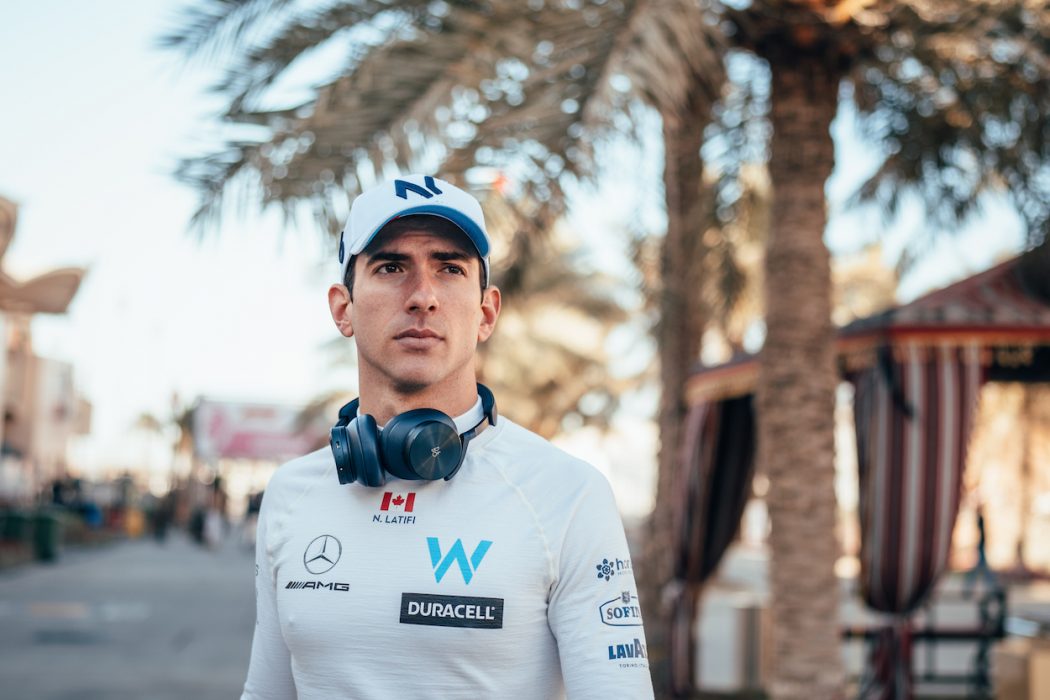
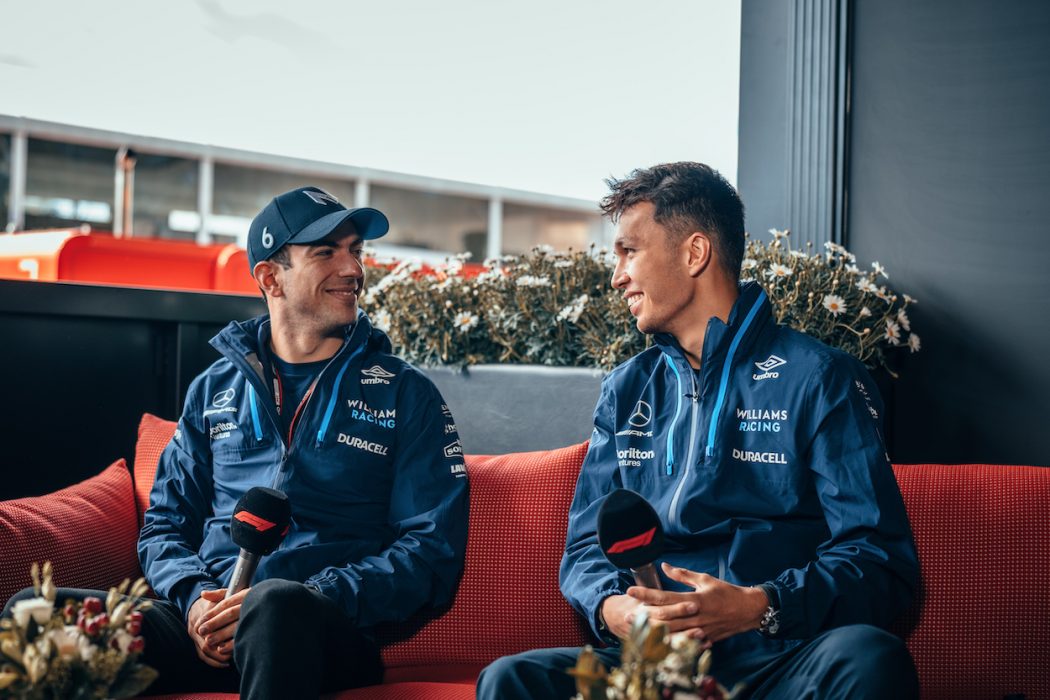
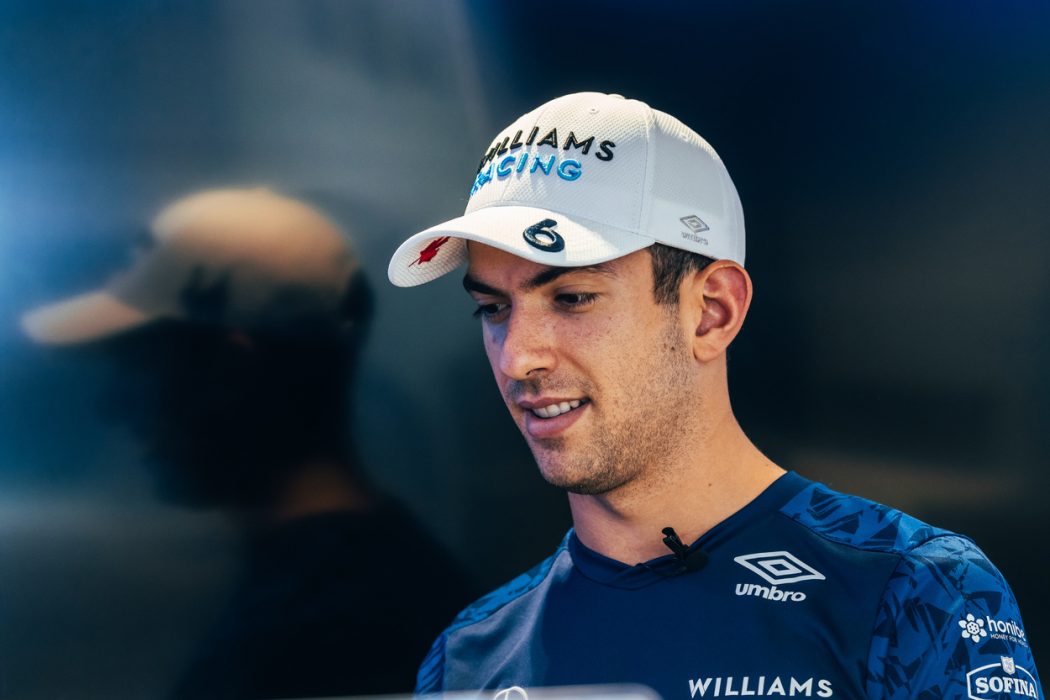
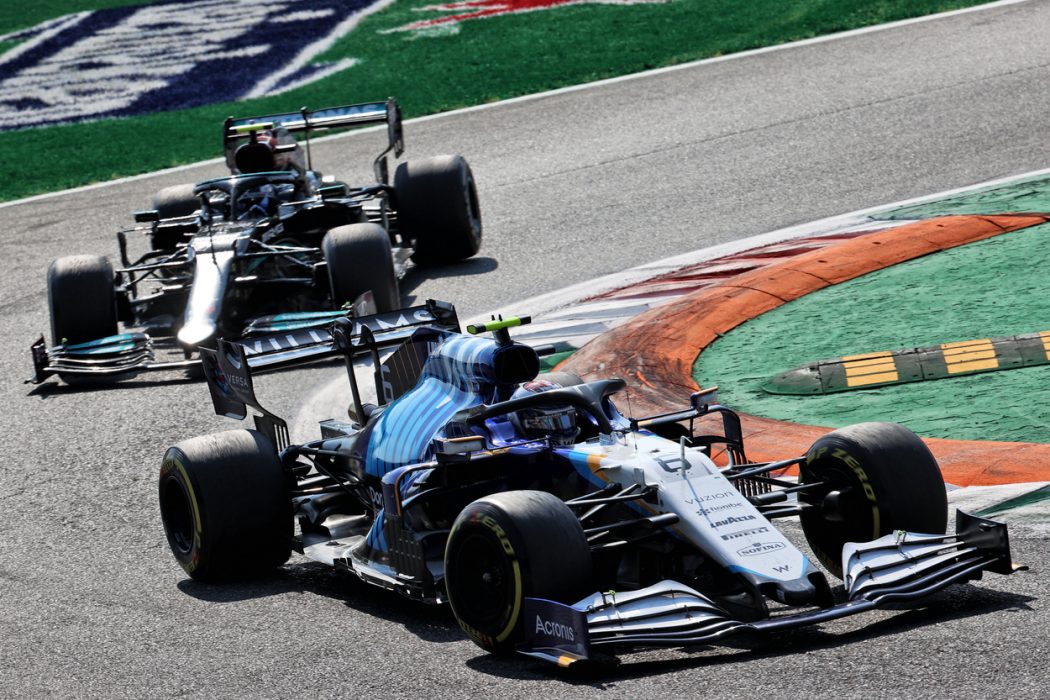
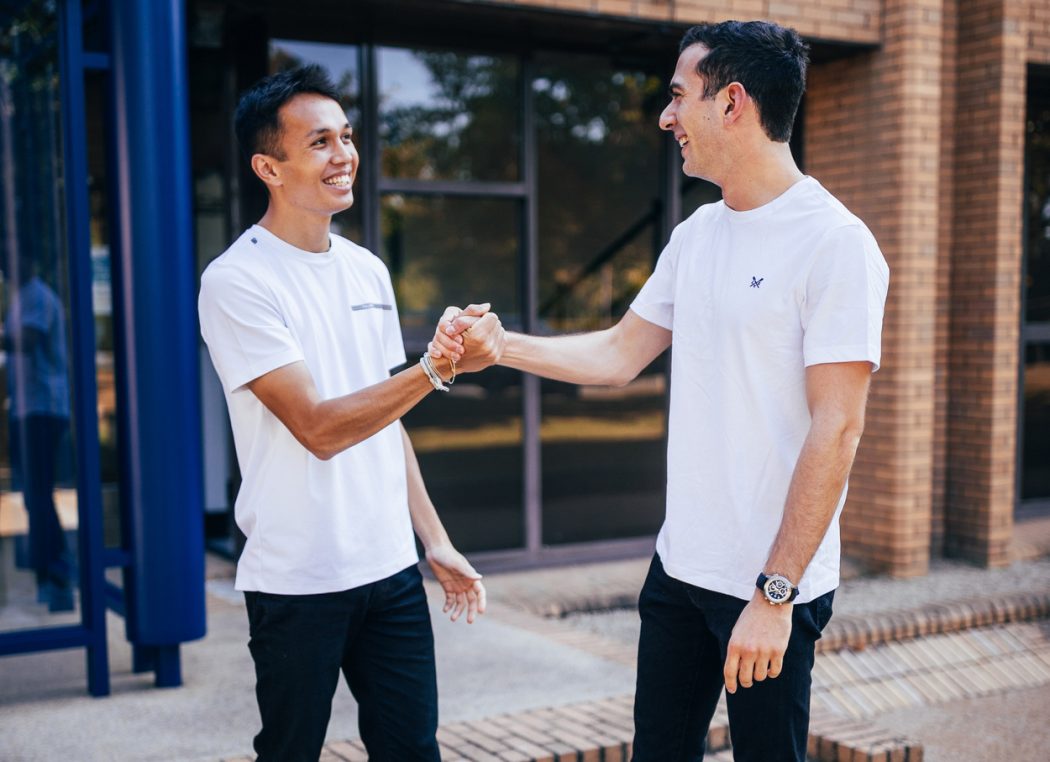
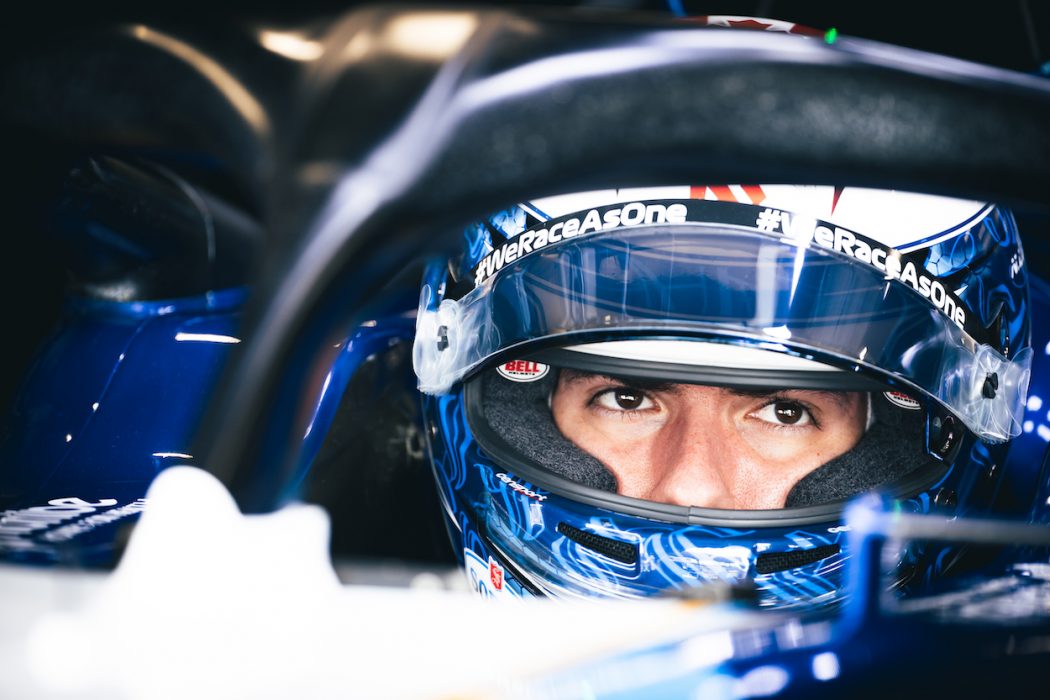
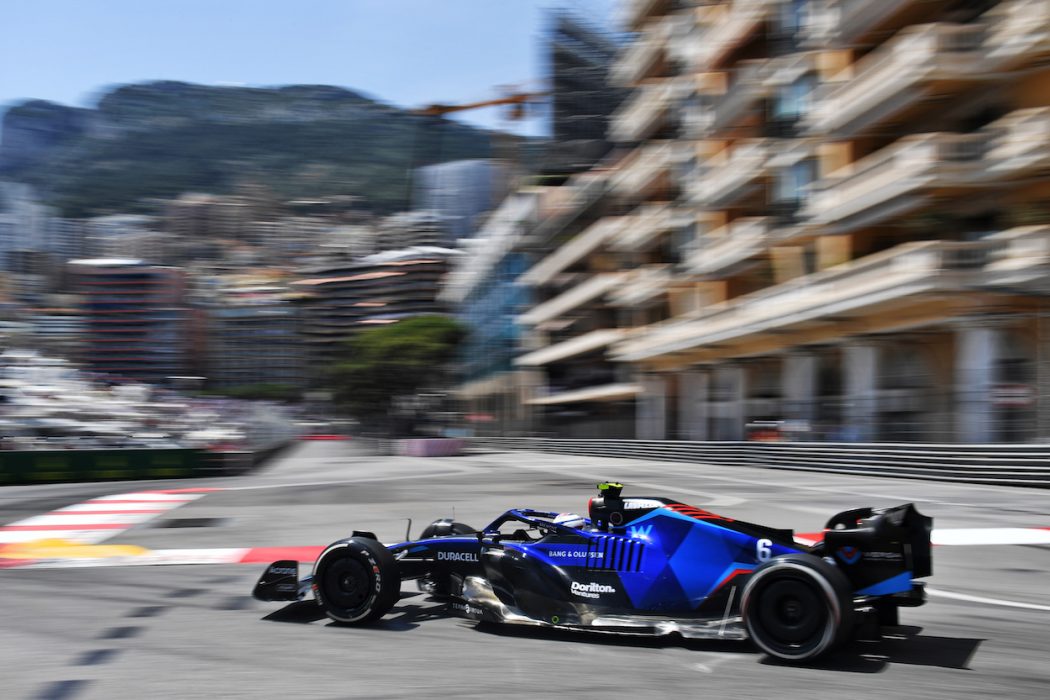
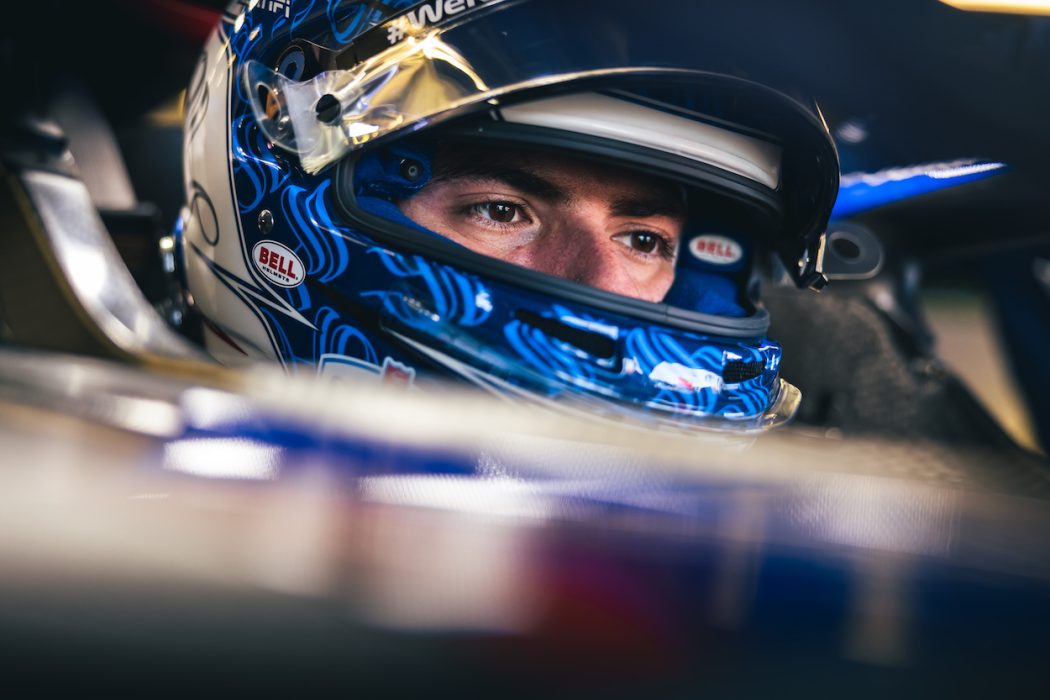
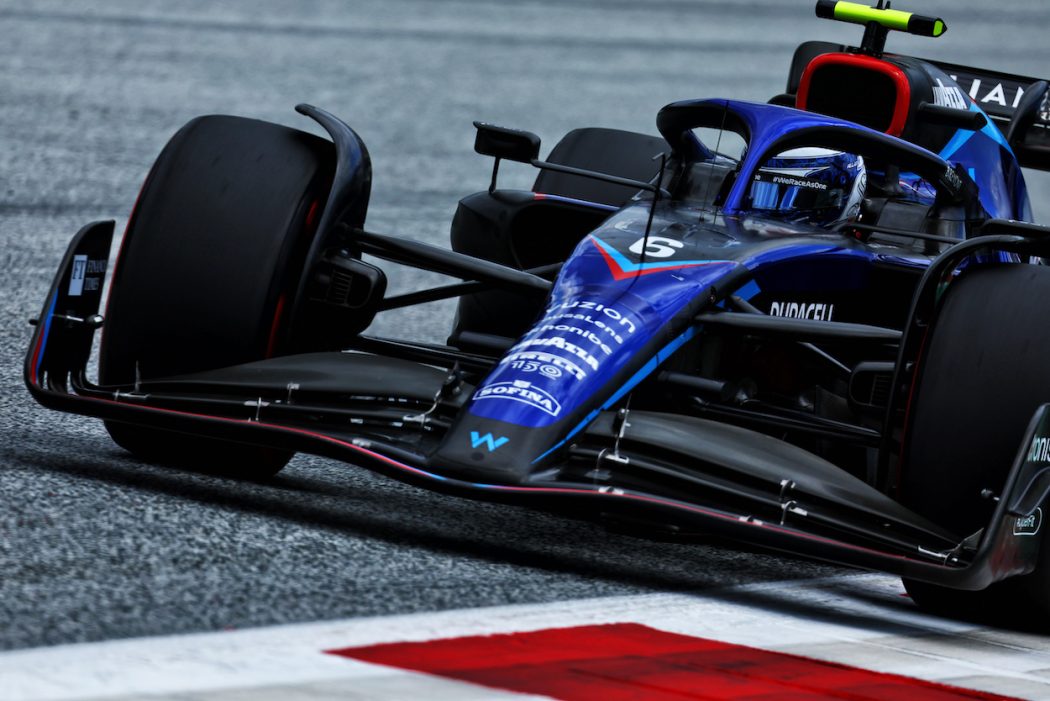
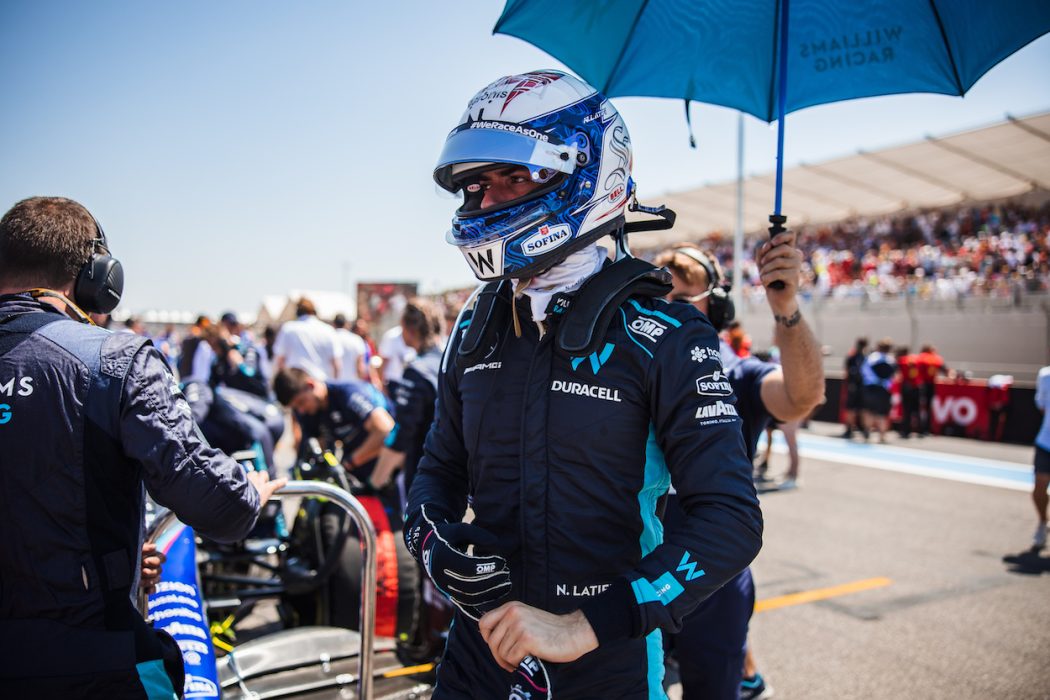
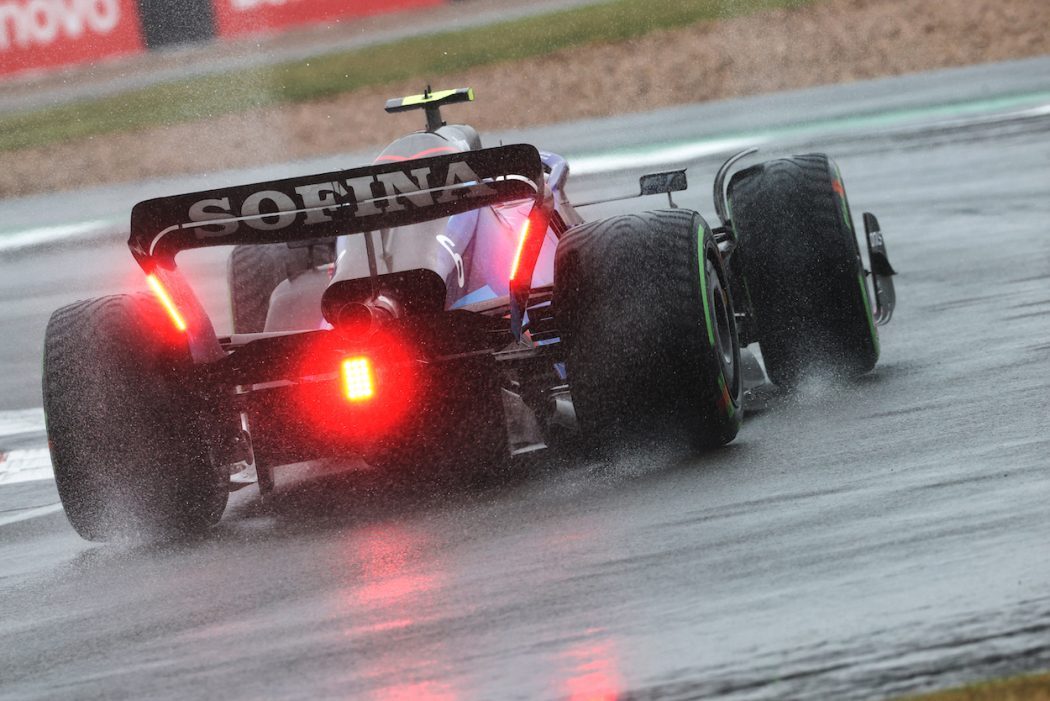




Related Articles